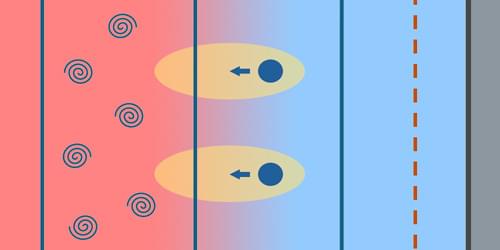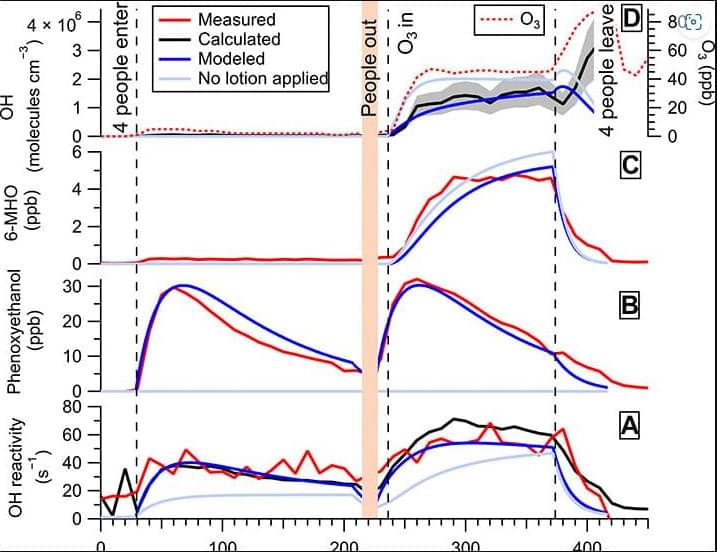Implementation of all RAG techniques in a simpler way — FareedKhan-dev/all-rag-techniques




Use of common psychiatric medications (anxiolytics, hypnotics and sedatives, and antidepressants) is linked to a higher risk of developing amyotrophic lateral sclerosis (ALS), and poorer outcomes after diagnosis with shorter survival and faster functional decline, according to a nationwide Swedish study led by Karolinska Institutet

Get ready for GENIUS… I’m with STARGATE Genius! Join me and Dominic Dirkx, aeropspace engineer and assistant professor at @tudelft as we discuss distant m…
